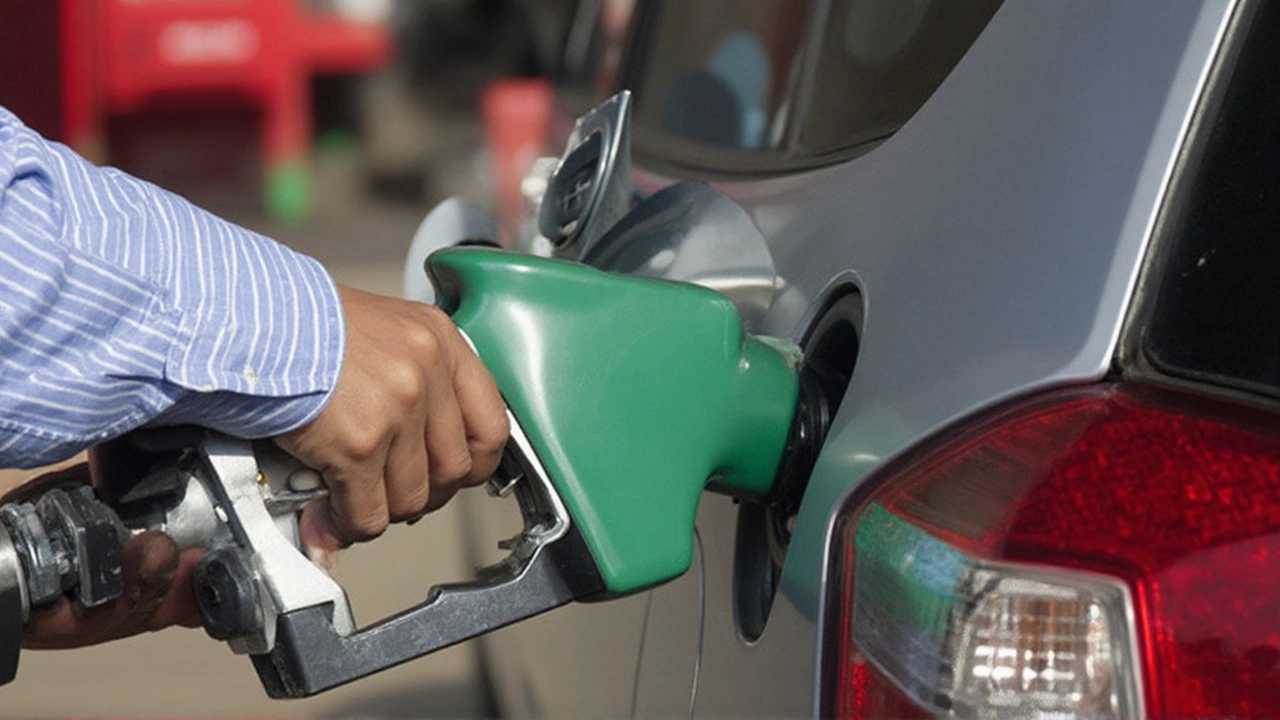Delhi's Fuel Ban on Older Vehicles Triggers Public Outcry and Policy Rethink

Delhi's Fuel Ban on Old Vehicles Sparks Chaos and Questions
Anyone cruising around Delhi these days can't ignore the haze—or the battle brewing over how to clear it. Earlier this year, Delhi rolled out a bold fuel ban, targeting old vehicles in a bid to tackle its infamous air pollution. On the chopping block: petrol vehicles older than 15 years and diesel ones above the 10-year mark.
The plan looked straightforward at first. Starting July 1, 2025, fuel pumps would turn away these old-timers, right across the capital. This didn’t just apply to a few thousand cars—over 6.2 million vehicles suddenly found themselves in the crosshairs. Yes, that includes everything from motorcycles to delivery trucks, even prized vintage models that sometimes only roll out on special occasions.
While the policymakers patted themselves on the back for a step towards cleaner air, chaos exploded at street level. Automated number plate recognition (ANPR) cameras sprang up at pumps, quickly catching unsuspecting owners who had no clue their car—or their two-wheeler—now needed a teary send-off. Some drivers only found out about the rules after being flatly refused at their local fuel station. Stories of confused, frustrated, and even angry Delhiites became common chatter, especially among those with vehicles in top mechanical shape.
This wasn’t just people complaining for the sake of it. In one heated example, a 16-year-old Mercedes—well-kept and freshly cleared for emissions—was still tagged as scrap, simply for crossing the age threshold. Owners of rare or collectible cars protested, asking why their carefully maintained vehicles must be treated the same as polluting clunkers coughing black smoke every day.
Public Pushback Forces a Policy Pause
By the end of the first week, Delhi’s Chief Minister Rekha Gupta realized the situation was spiraling. Reports poured in of drivers stranded, businesses disrupted, and an anxious public unclear about exemptions or ways to contest the ban. Facing mounting criticism—and a population clearly unprepared for such sweeping changes—Gupta appealed to the Commission for Air Quality Management (CAQM) to hit the brakes and review the rollout.
The debate didn’t stop there. The Supreme Court quickly got involved, triggered by a case that questioned whether this was the right approach. Environment Minister Manjinder Singh Sirsa argued in court that blaming vehicle age instead of actual usage or maintenance ignored common sense. A car sitting idly in a garage, he said, pollutes far less than a newer vehicle running around the clock.
Amid this tug of war, authorities finally announced a delay and tweak to the policy. Come November 1, 2025, the rules will now stretch across Delhi-NCR—including Gurugram, Faridabad, Noida, Ghaziabad, and Sonipat. Any deregistered “end-of-life” vehicle found on the road risks being seized immediately. Still, that means thousands are left sweating over whether their daily ride—or cherished collector's vehicle—has any future on Delhi's streets.
It’s clear Delhi residents want cleaner air. Few deny that something needs to change. But the fierce reaction to this ban shows policies have to balance ambition with fairness, common sense, and a lot more public input. Until then, the battle over what counts as a "polluting" vehicle is far from over.
